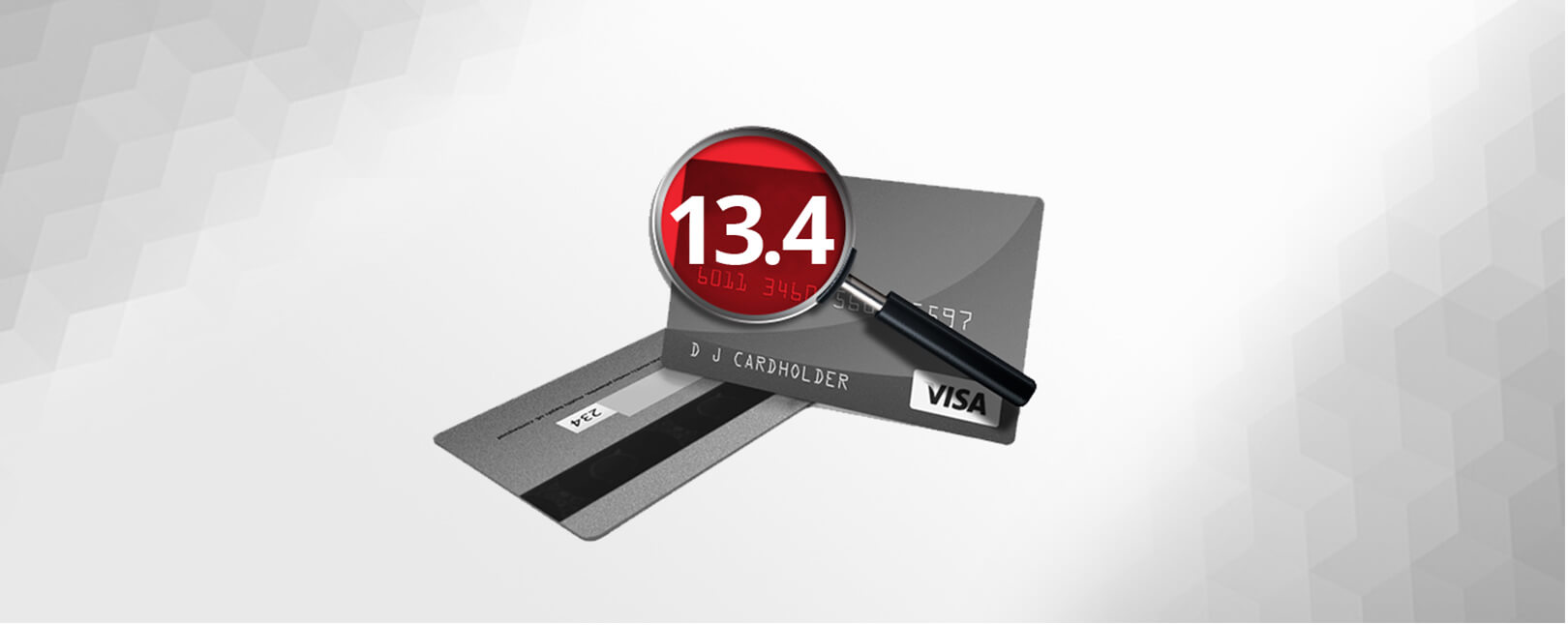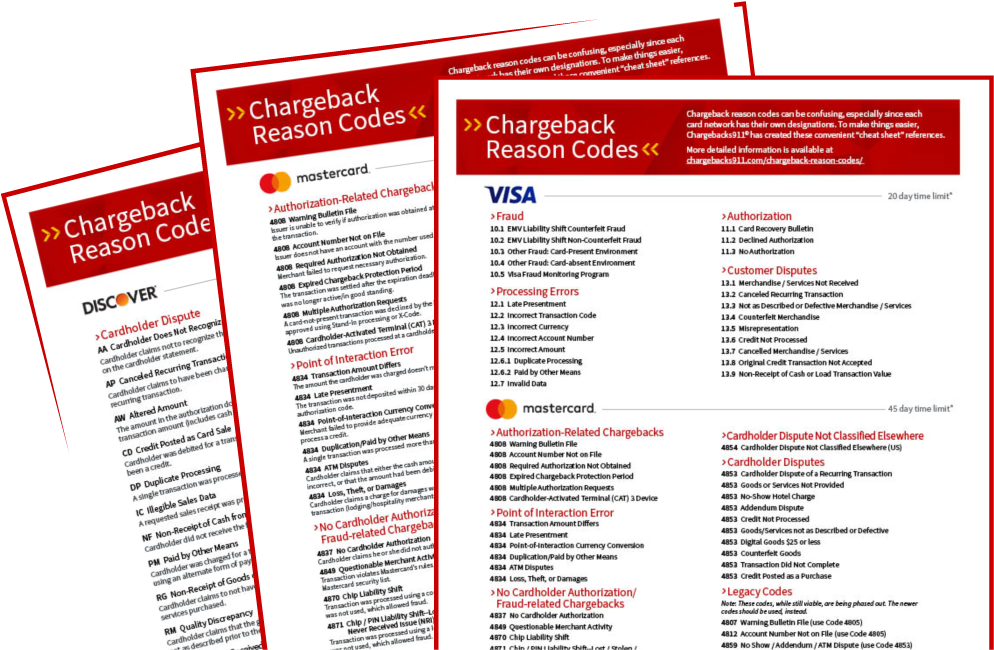Visa Reason Code 13.4: Counterfeit Merchandise
For the sake of simplicity and standardization, card networks like Visa have created a breakdown of the acceptable causes for a customer to dispute a credit card transaction by filing a chargeback. Each of these causes has a designated “reason code,” and banks assign the appropriate code to each case to show the given reason for the chargeback.
That sounds simple enough, but the reality is, the given reason for a chargeback may or may not be the true reason. Plus, each card network has its own set of reason codes—which, while nearly the same in function, nevertheless differ from one another. Keeping track of all these codes, along with the best ways to either fight or prevent each one, is challenging.
With that in mind, let’s take a look at Visa Reason Code 13.4: Counterfeit Merchandise.
What is Visa Reason Code 13.4?
Chargeback reason code 13.4 is part of the updated Visa reason codes that were phased out under the Visa Claims Resolution initiative. This specific code applies when a cardholder reports that the actual merchandise received was counterfeit, and can back up that claim with documentation from a reliable, professional third party.
Originally, this condition fell under legacy reason code 53: Merchandise Not as Described, which covered damaged or defective merchandise (specifically, this type of dispute fell under condition 5). Essentially, reason code 13.4 chargebacks can happen in cases where merchandise sold as a name-brand item turns out to be a facsimile when inspected by a professional. This can be the result of innocent merchant error, or intentional merchant fraud.
Chargebacks of any kind are nothing but trouble for merchants…yet many chargebacks are the direct result of preventable merchant missteps. Fortunately, chargebacks with a counterfeit merchandise reason code are the result of a mistake on the part of the merchant, meaning they are 100% preventable.
Merchant Errors, Rights & Limitations
There will always be parties who fashion cheap goods designed to look like famous name brand products. If merchants are sourcing their merchandise from reputable manufacturers, chargebacks with this reason code should never arise.
Bad or misleading descriptions and pictures can also lead to counterfeit merchandise chargebacks. Showing or describing goods in such a way as to imply a brand name can cause customers to dispute the charge, even if the merchant never actually claimed the product was that brand.
With a little diligence, merchants can stop cases with counterfeit merchandise reason codes before they happen. But those aren’t the only causes of reason code 13.4 chargebacks.
Obviously, if a merchant is regularly receiving legitimate counterfeit merchandise chargebacks, there’s a problem that needs to be addressed. These claims can also be filed illegitimately, though; as mentioned earlier, the given reason for a chargeback may be far different from the actual reason. While banks try to investigate all claims thoroughly before processing a dispute, the meteoric rise in chargeback cases has made this extremely difficult. In many cases, it’s more efficient to simply take the customer’s claim at face value.
Fortunately, there are at least some time limitations placed on chargebacks filed under reason code 13.4. The dispute processing time limit is 120 calendar days from either:
- The day the transaction was processed.
- The date the customer received the goods or services (not to exceed 540 days beyond original transaction processing date).
- The date the customer learned the merchandise was counterfeit (not to exceed 540 days beyond original transaction processing date).
Reason Code 13.4 Claims: Prevention & Response
No matter how faithfully merchants follow the rules, there will always be people who attempt to take advantage of the system. That said, there are certain steps merchants can put into place to try and mitigate the risk of counterfeit merchandise chargebacks:
- Double-check the descriptions of merchandise or services anywhere they are displayed, including advertising, online, in printed catalogs, and even transaction receipts. Make sure that descriptions aren’t misleading and clearly state the actual brand name.
- Buy from reputable manufacturers and distributors, and inspect merchandise prior to sale. Be sure that all products are genuine.
While preventative measures can significantly lower overall chargeback volume, some illegitimate chargebacks will slip through the cracks. Merchants who have evidence that refutes a cardholder’s claim should definitely challenge the chargeback through Visa’s dispute process. Here are some steps merchants can take to make the representment process more successful:
If… |
Then… |
| The merchandise is not counterfeit… | …provide documentation that proves the authenticity of the merchandise. |
| You have already processed a reversal, or issued a credit for the transaction... | …provide evidence of the credit or reversal,
including the amount and the date it was processed. |
| The cardholder no longer disputes the transaction… | …provide a signed letter or statement from the cardholder which states they no longer dispute the transaction. |
Take a Wider View
Invalid chargebacks from Visa Reason Code 13.4 can be disputed, but it’s much more efficient to take a proactive stance. The same is true of the other chargeback reason codes, as well. A truly effective chargeback management strategy must encompass prevention as well as disputing cases of friendly fraud.
Chargebacks911® can help your business manage all aspects of chargeback reason codes, with proprietary technologies and experience-based expertise. Contact us today for a free ROI analysis to learn how much more you could save.











